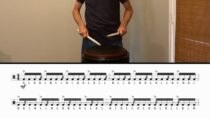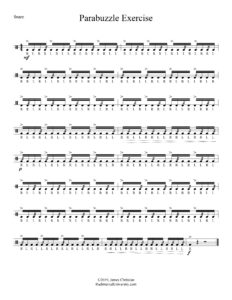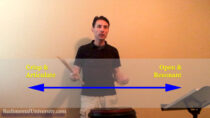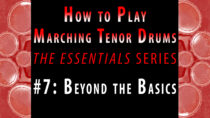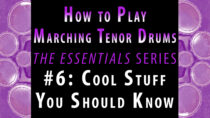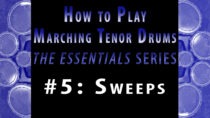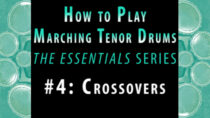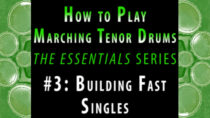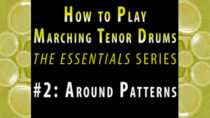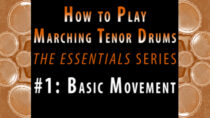Wondering what’s been going on with the site lately? James gives you the latest update. This covers a wide range of topics—the effects of COVID on the music education industry, composing & arranging, James’ personal story of recent events, and a new focus for Rudimental University. You can watch the video or read the transcript below.
TRANSCRIPT
Hello, everybody. This is James Christian with RudimentalUniversity.com. And this video is entitled: “A New Focus (or What Happened to The Percussion Circle?)”
The Percussion Circle No Longer Being Made
Well, if you have followed this channel, you know that the videos more recently have corresponded with an online publication called The Percussion Circle magazine. And unfortunately, that magazine is currently not being released anymore.
And I’ll go into more on that in a little while. But basically, it was Read more “A New Focus (or What Happened to The Percussion Circle?)”

